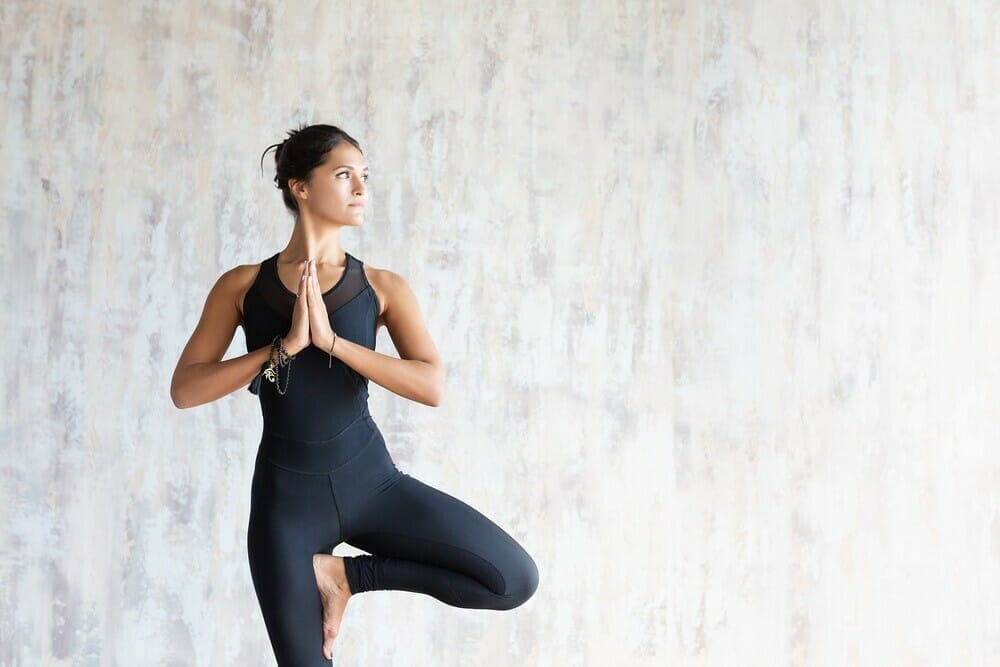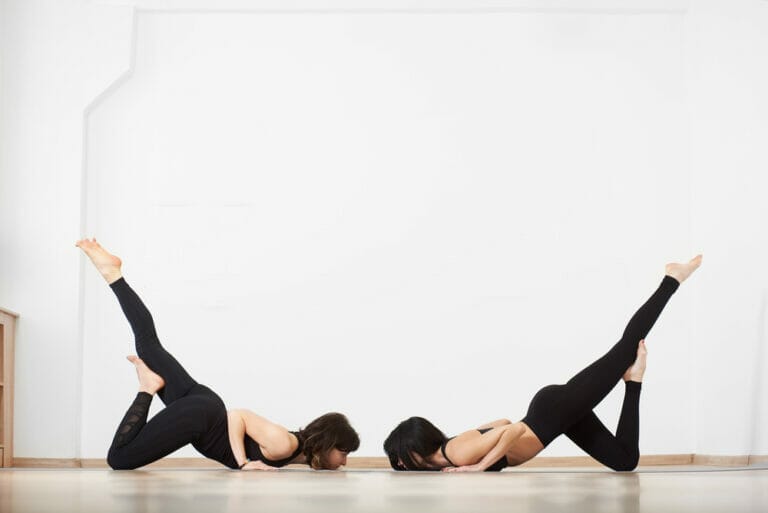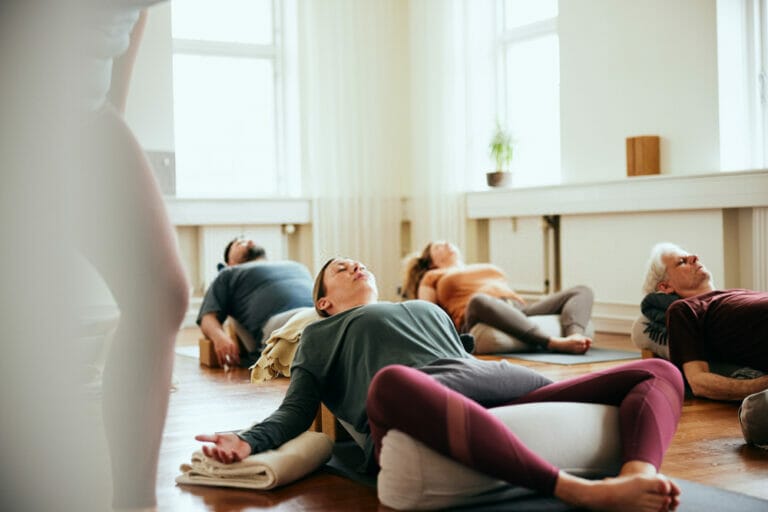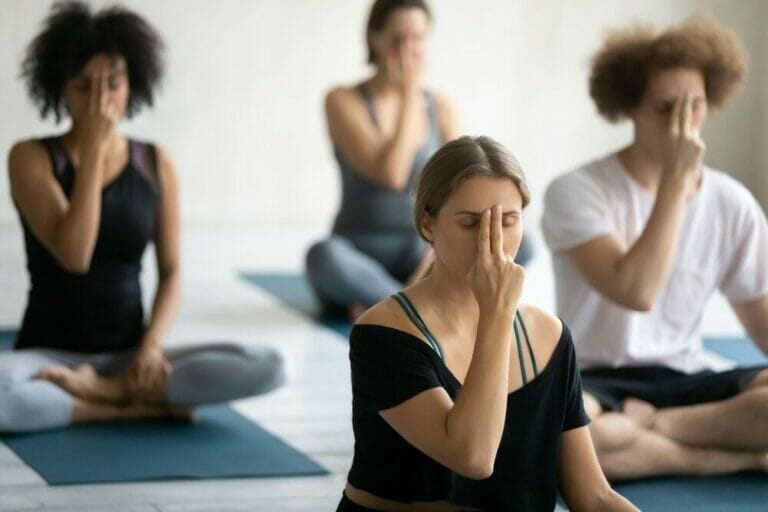If You Have A Bad Posture These Yoga Poses Are For You
A variety of factors can cause a person’s poor posture. For example, if your job requires you to be in one place for an extended time, you may be staying in one position for too long.
One of them is sitting for an extended period, which may easily lead to poor posture and a whole new level of back pain.
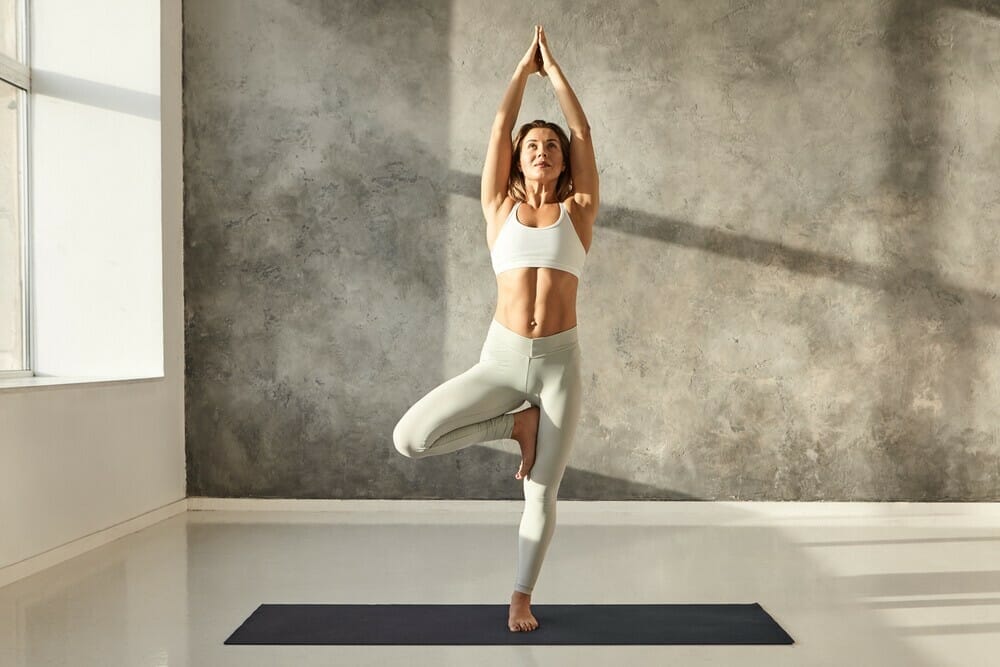
These severe issues vary from upper back discomfort to lower back pain, weaker muscles, digestive troubles, and the spine’s curve.
Yoga is an excellent technique to fight the harmful consequences of sitting at a desk all day and other factors that lead to poor posture.
For example, heart openers are yoga positions that invert the bent back and shoulders, commonly caused by the physical effects of sitting too much.
Roll out your yoga mat and begin a daily practice of these yoga poses if you want to improve your posture!
Bridge Pose (Setu Bandha Sarvangasana)
Stretch the chest, neck, and spine in the Bridge Pose. It helps to relax your thoughts and relieve tension in your body.
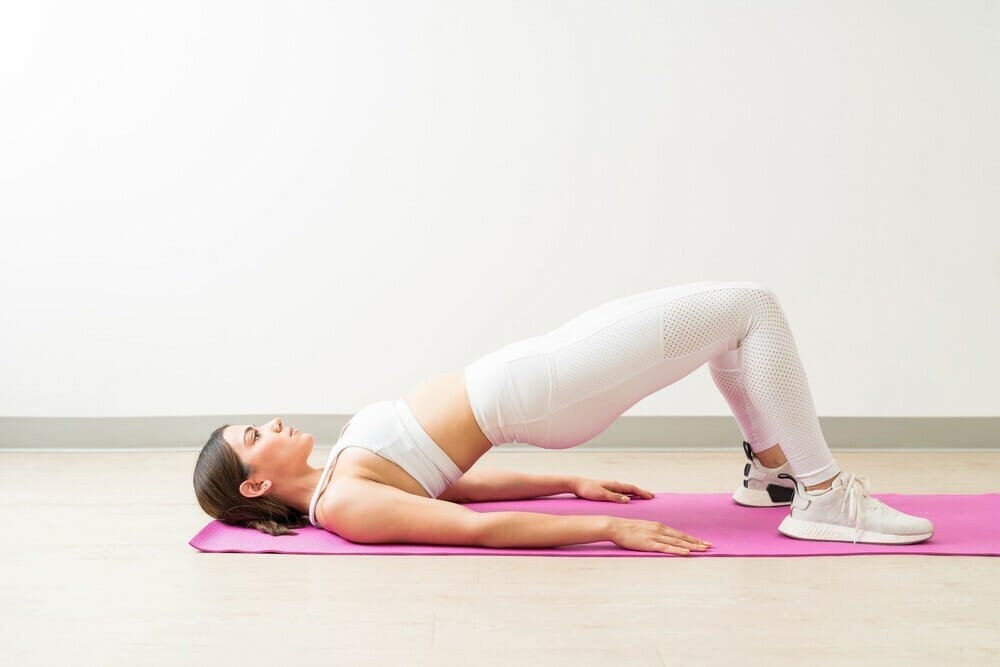
Begin by lying on your back with your palms facing down at the sides. Next, bend your knees so that your heels are as near as possible to your buttocks.
Exhale and push your feet’ soles and arms on the floor. Keep your buttocks tight and push your hips high. Now, clasp your hands beneath your shoulders and stretch your arms to stay on top of your shoulders.
Maintain a straight line between your knees and heels, and press your shoulder blades into your back. Maintain this position for 30 seconds.
Heart Bench
This posture, also known as Supported Fish Pose (Matsyasana) in Yin Yoga, feels great — especially before bed or after a long car journey.
It is both relaxing and energizing, and if you can let go and sink into this supported position, you will not want to get out of it.
While you are in this position, try to concentrate on your breathing. By practising the Heart Bench, you will reduce upper back pain and chronic shoulder tension.
Lie on your back and elevate your hips and torso using a folded blanket or two yoga blocks. Put the blocks directly beneath your shoulders.
Rest your arms at your sides or with the elbows bent and fingertips lightly resting on the floor beside you (as shown). Remain in this pose for 10-30 seconds, breathing slowly and deeply into the chest area.
Cobra Pose (Bhujangasana)
The Cobra Pose is an excellent technique to expand the heart, upper back, and shoulders.
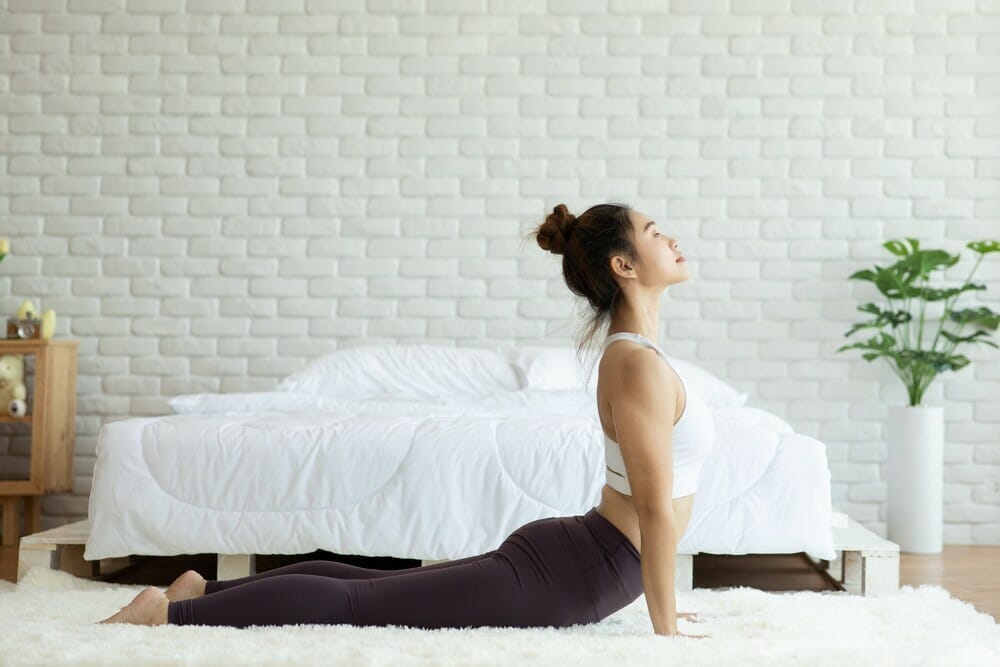
Begin by lying flat on your stomach. Straighten your legs and place the tops of your feet on the floor. Spread your hands beneath your shoulders on the floor.
Place your hands on the floor and gently raise your head, neck, and chest off the ground. Then, push the ribs forward by pressing the shoulder blades towards the back.
Tuck the chin in slightly without straining the neck. Maintain this position for 30 seconds.
Cow Face Arms
Cow Face Pose, also known as Gomukhasana, may be performed at any time, even while at your desk! It’s a fantastic stretch that you can do in the workplace or even while sitting on the couch.
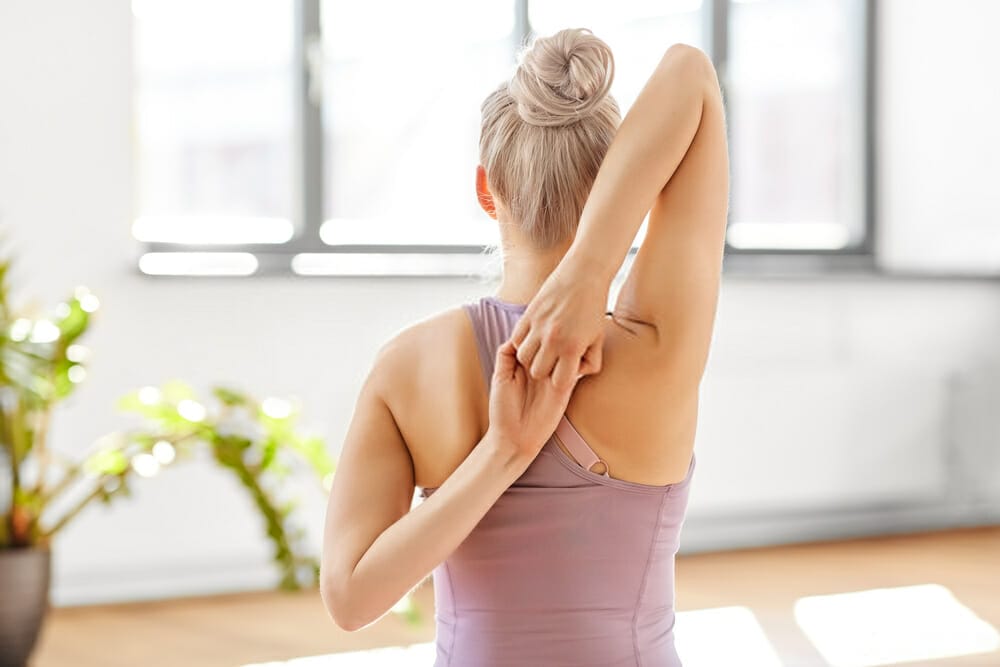
If you’re seated, make sure both of your feet are on the floor. Then, if you’re at home, you can sit comfortably on the floor.
Raise your right arm to the ceiling, then bend your right elbow so your right fingers are down your back. Next, bring your left arm behind your back and reach your right fingers with your left fingers.
Use your right fingers to grasp hold of your left fingers if your fingers can contact. If you can’t touch each other, use a yoga strap or a cloth to bridge the space between your hands.
Finally, raise your chest and pull your elbows back. Hold for 30 seconds before switching sides.
Plank Pose (Phalakasana)
The Plank Pose strengthens your core, as a weak core may contribute to bad posture! As a result, you should begin working on strengthening your core strength right away.
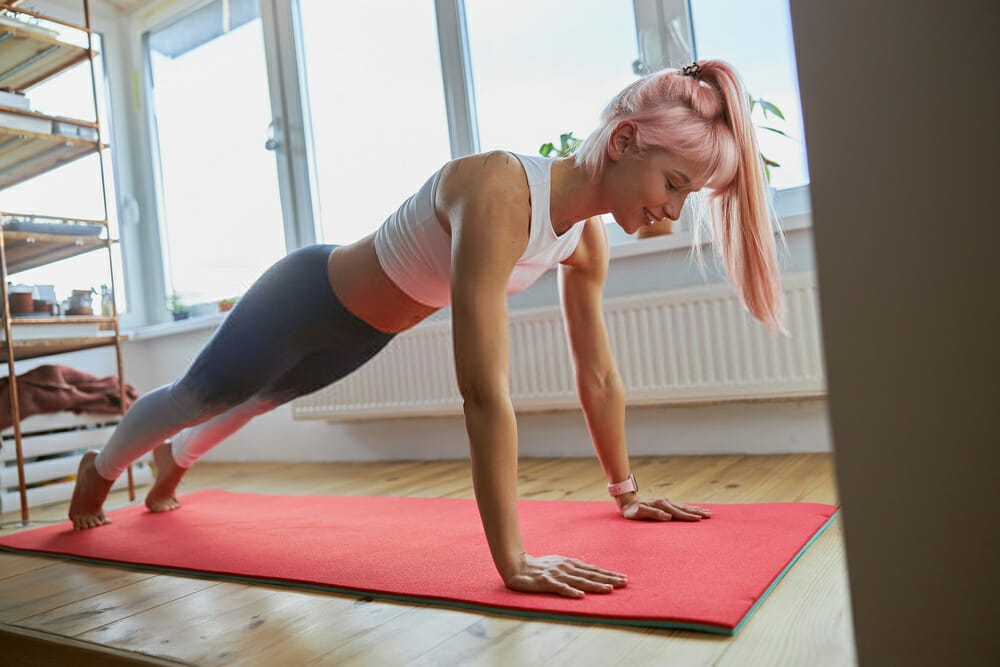
Place your hands on a table and stretch your fingers wide. Next, lift your knees until your legs are straight, and press your hands against the floor.
Check that your hips are aligned with your shoulders and back. Maintain a strong core and try not to let your tailbone drop into the floor. Hold the position for at least 30 seconds.
Camel Pose (Ustrasana)
The Camel Pose is excellent for correcting all of your inadvertent slouching at work or home.
Begin by kneeling with your knees hip-width apart on the floor. Next, tuck your toes under and place your hands on the back of your pelvis.

Lift your chest by pressing your shoulder blades into your back ribs and lightly pressing your hips forward. Then, lean back slowly onto your shoulder blades and tailbone.
Lean forward until you can touch your feet with both hands at the same time while maintaining both thighs perpendicular to the floor.
Wide-Legged Forward Fold (Prasarita Padottanasana)
The Wide leg forward fold has several variations. Whatever version you choose, it will assist in extending the entire spinal column. For this one, we’ll look into the variant with your fingers behind your back.

Begin by standing with your feet hip-width apart or as far apart as your body allows.
Interlace both of your fingers behind your back. Inhale deeply and raise your eyes to the ceiling, keeping your neck extended. Bring your palms closer together.
Now exhale and slowly fold forward, attempting to hang up and holding your hands together.
Warrior I Pose (Virabhadrasana I)
To have proper posture, you must stand tall and proud, as if you were a warrior. The Warrior I Pose can help you improve your posture and confidence.
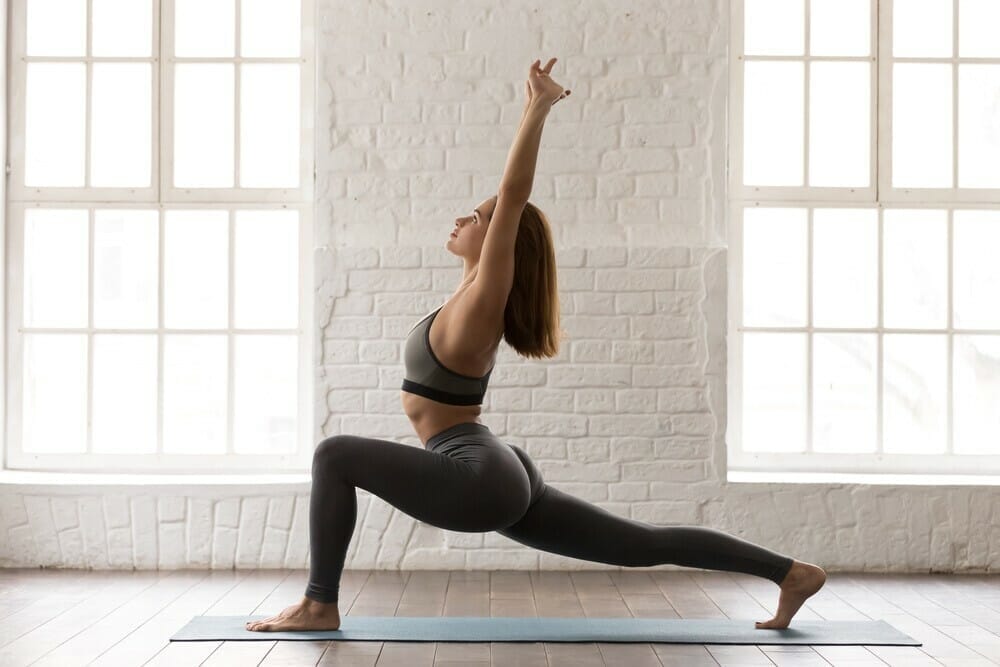
Step your left foot in between your hands from the previous position, Downward Facing Dog. Turn your rear foot outwards 45 degrees. Bend your front knee so that your thigh is parallel to the ground.
Lift your chest away from your pelvis and grasp towards the heavens with your fingertips. Feel the stretch from your belly button through your chest to your arms.
Draw your shoulder blades down your back and face ahead, or lean your head back slightly to look up.
Hold for 30 seconds before you switch sides.
Bottom Line
Yoga can be a great way to address many issues related to poor posture. It may take some time, but practising these yoga exercises is a great way to improve standard spinal curves gradually. You’ll be surprised at how much straighter and taller you will stand!
Yoga is not a magic pill to improve posture, but it enhances body alignment in your upper and lower body by strengthening the muscles and bones.
In addition, it also calms the mind and improves blood circulation. It also increases the
flexibility of the joints and helps in preventing muscle sprains and strains.
Try these simple and effective yoga poses and maintain regular yoga practice to improve your posture. Don't forget to breathe deeply during each of the asanas.
Before you start any exercise program, consult your doctor or physiotherapist for better results.
If you enjoyed reading this article, please share it! Hopefully, it will help someone else. 🙂

